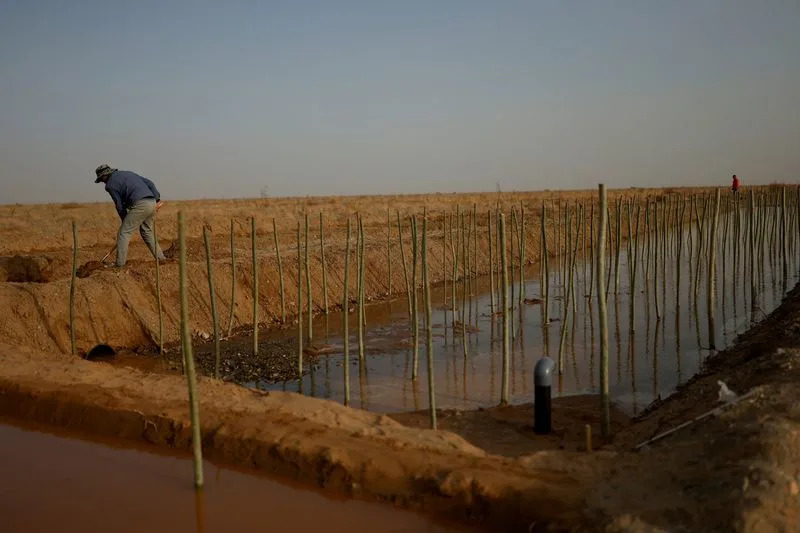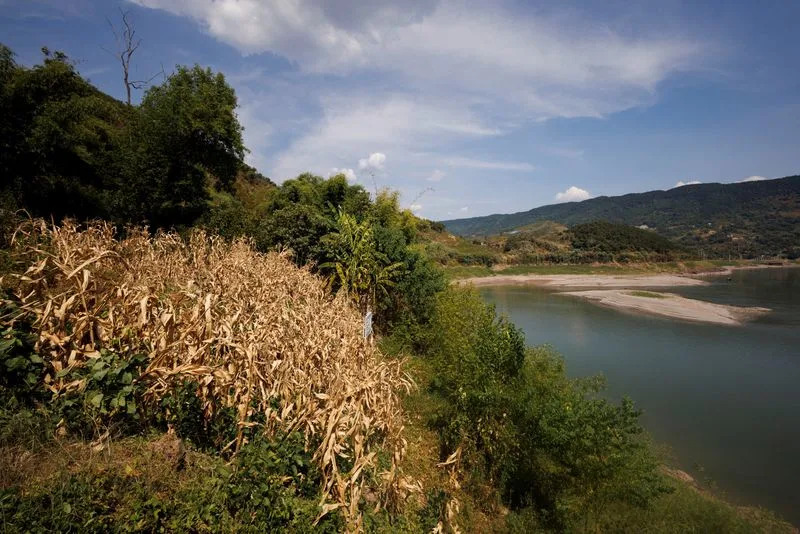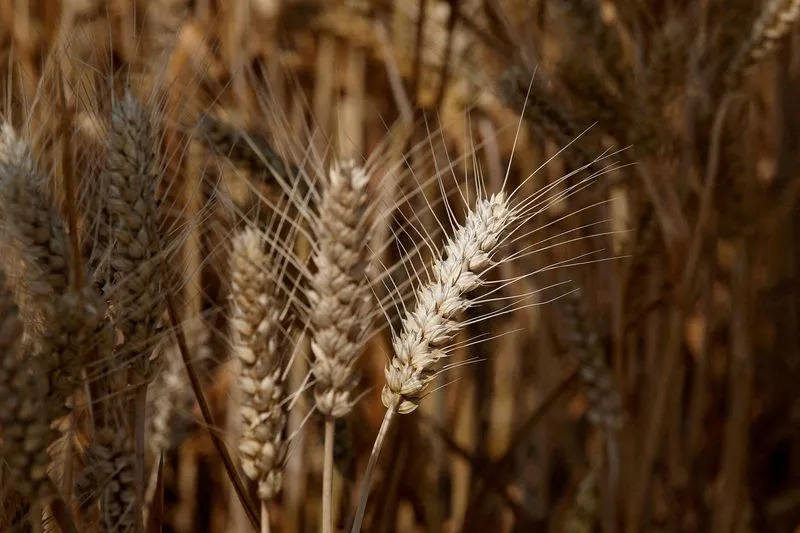Mei Mei Chu
Updated Thu, May 23, 2024



By Mei Mei Chu
BEIJING (Reuters) - China, the world's biggest agriculture importer, has set targets to drastically reduce its reliance on overseas buying over the coming decade in line with its push for food security, but they will be exceedingly difficult to meet, experts say.
With limited land and water, China will have to sharply increase farming productivity through technology, including genetically modified crops, and expand area under cultivation to meet Beijing's 10-year projections.
The government envisions 92% self-sufficiency in staple grains and beans by 2033, up from 84% during 2021-2023, according to a document released in late April, on a path towards President Xi Jinping's goal to become an "agriculture power" by the middle of the century.
Cutting the country's imports would be a blow to producers from the U.S. to Brazil and Indonesia, who have expanded capacity to meet demand from China's 1.4 billion people, the world's largest market for soybeans, meat and grains.
Over the 10 years to 2033 the agriculture ministry projects a 75% plunge in corn imports to 6.8 million tons and a 60% drop for wheat to 4.85 million tons.
For soybeans, the biggest item on a farm import bill that totalled $234 billion last year, Beijing sees imports falling 21% to 78.7 million tons in a decade.
Those targets defy the trends of the past decade in which grains and oilseed imports have surged 87%.
"Forecasting a sharp reversal where in 10 years the country will be importing less than it does today seems questionable," said Darin Friedrichs, co-founder of Shanghai-based Sitonia Consulting.
China will struggle to meet its targets mainly due to a lack of land and water, five analysts and industry executives say.
In stark contrast to Beijing's projections, the U.S. Department of Agriculture (USDA) sees China's corn imports in 2033/34 roughly in line with current levels and wheat imports declining 20%. In the biggest divergence, USDA expects soybean imports to rise 39%.
The USDA also expects growth in demand for animal feed, a key user of soybeans and corn, to outpace domestic corn output expansion and spur imports of sorghum and barley.
NATIONAL SECURITY
Food security has long been a priority for China, which has a painful history of famine and must feed nearly 20% of the global population with less than 9% of its arable land and 6% of its water resources.
The urgency to cut dependence on imports grew after the country faced supply chain disruptions during the COVID pandemic and the Russia-Ukraine conflict.
A trade war with the U.S., its No.2 agriculture supplier after Brazil, and climate shocks such as heavy rains last year that damaged China's wheat harvest, have added to the challenge.
On June 1, China will implement a food security law that calls for absolute self-sufficiency in staple grains and requires local governments to include food security in their economic and development plans.
That will add to other efforts to bolster food production, including stepped up grains insurance cover for farmers to protect their income, announced this week.
Last month, Beijing launched a drive to raise grain output by at least 50 million tons by 2030, spotlighting upgraded farmland and investments in seed technology for higher crop yields and quality.
SOIL CHALLENGES
China increased production of corn, soybeans, potatoes and oilseeds last year after expanding planting on previously uncultivated land and encouraging farmers to switch from cash crops to staples.
However, even as the world's no. 2 corn producer harvested a record 288.84 million metric tons last year, imports surged to a near-record 27.1 million tons, driven by traders' preference for corn from overseas that is often higher quality and cheaper.
Production growth has hit a bottleneck due to insufficient arable land, small production scale and a lack of farmers and agriculture technology, state media reported.
China's arable land per capita is less than one-third the level in Brazil and one-sixth the level of the U.S., World Bank data from 2021 shows.
Degraded and polluted soil in a country where a significant share of land is either rocky mountains or desert leave it with little space for expansion.
The government, which has increasingly called for protection of its fertile black soil, is set to complete a four-year soil survey in 2025. The last survey, in 2014, found that 40% of its arable land was degraded from overuse of chemicals and heavy metal contamination.
To compensate, China is pouring millions of dollars into research of farming water-intensive crops such as rice in the deserts of Inner Mongolia and Xinjiang.
By turning sand into soil and breeding saline-tolerant crops, it aims to develop more farmland, a strategy industry executives say will take time and heavy investments in fertiliser, irrigation and biotechnology.
One obstacle is China's predominance of small farms, run by aging owners who may not be able to afford or operate machinery such as drone sprayers, more productive seeds and technology such as big data and AI.
Farms in China average 0.65 hectares, compared to 187 hectares in the U.S. and 60 hectares in Germany. China is gradually shifting towards a consolidation of its fragmented farms.
After decades of hesitation, it is slowly adopting genetically modified crops, this year approving the planting of corn and soybean varieties that are higher-yielding and insect-resistant, as well as gene-edited disease-resistant wheat in hopes of accelerating production growth.
China's soybean yields at 1.99 tons per hectare lag the 3.38 and 3.4 ton-yields in Brazil and the U.S., which have embraced genetically modified soybeans.
But analysts say the government's target for cutting soybean imports is unrealistic. At best, China could ease its dependence on soybean imports to 70% from more than 80% now, said Carl Pray, an agriculture professor at Rutgers University in the U.S.
Almost all of China's soybeans are high protein varieties to produce tofu, and to replace imports it would need to rapidly expand production of high-oil producing varieties for cooking oil, which he said would be hard, even with research.
"To produce enough soybeans to replace the Brazilian and U.S. imports, there is just not enough land," Pray said.
($1 = 7.2276 yuan)
(This story has been refiled to correct a typo in the chart)
(Reporting by Mei Mei Chu; Editing by Tony Munroe and Sonali Paul)
No comments:
Post a Comment